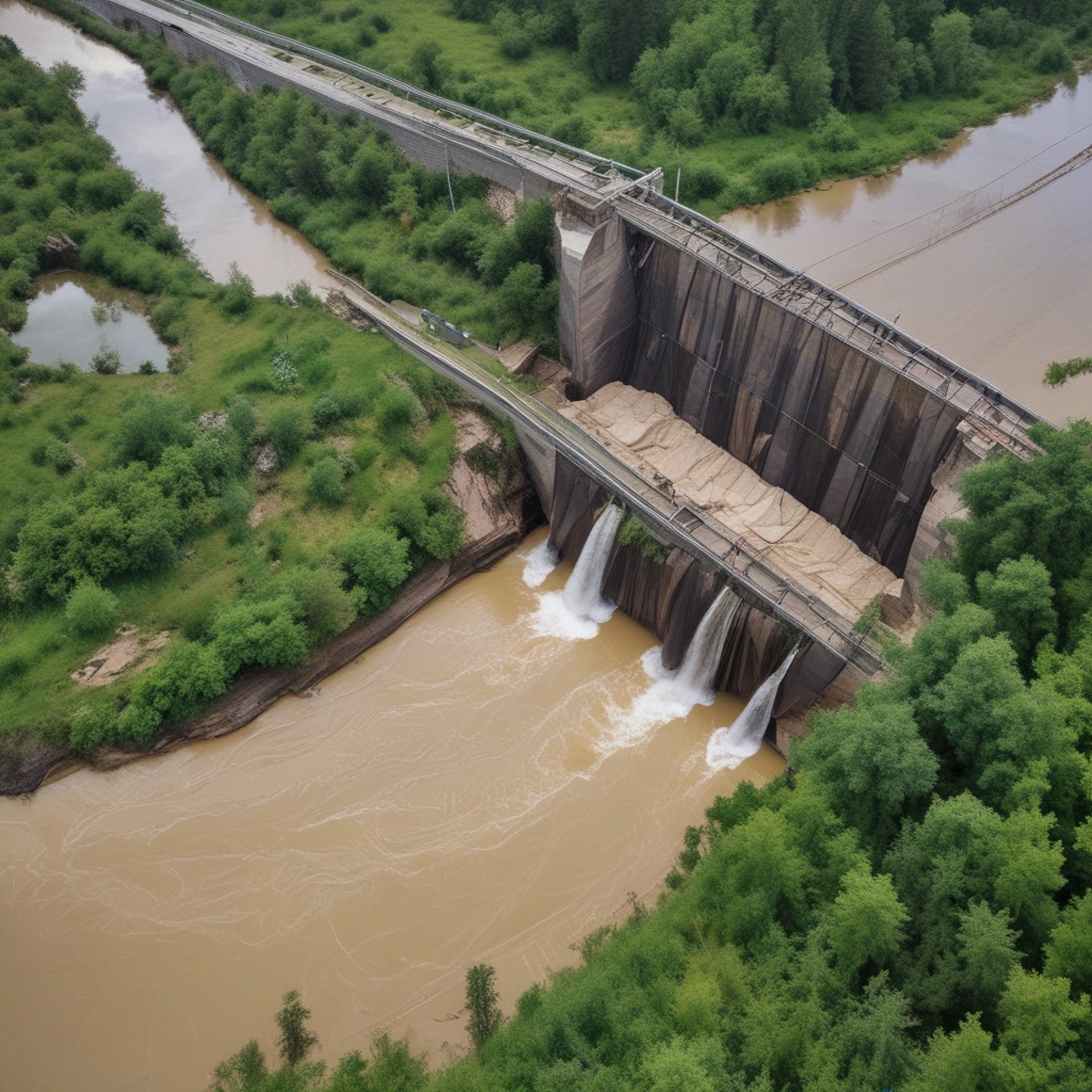America's Damn Dam Problem
Anti-Trumpers claim his cuts will endanger safety of dams, endangering hundreds of thousands. Are they right?
7/22/20252 min read

Does America have too many dams? If so, are those dams a disaster waiting to happen?
First, the latter question. The average age of a dam in the US is 61 years. After 50 years, a dam can be at risk of complete failure from deteriorating structures. Dams are also prone to buildup of sediment, and chemical runoffs which impact their structural integrity. Risk factors can include mechanical and hydraulic failures, spillway damages, and improper maintenance. Failures can occur with little warning and be disastrous to human life and property, depending on their location.
Like the rest of the US’s aging infrastructure, the country’s dams need to be consistently maintained. It’s estimated that 30% of them suffer from a high or significant risk factor. When you consider that replacing a dam isn’t as simple as tearing up a highway and replacing the surface, maintenance becomes even more important. Of the nearly $7 billion Infrastructure Investment and Jobs Act of 2021, FEMA is scheduled to spend $733 million to enhance dam safety, and rehabilitate or remove aging dams.
Enter the paranoia anti-Trump crowd! They claim Trump cuts in spending will not only cost the jobs of some of those who attend to their safety, but also put hundreds of thousands at risk should dam breaks occur causing massive flooding. Considering the bloat in virtually every government agency, and the fact that only 5% of dams are federally regulated, I have my doubts about such a claim, which also begs the first question… how many dams?
The US has close to 92,000 dams within its borders. Sixty-five percent (65%) of them are privately owned with various government agencies owning 31%. Four percent are classified as other. Texas has the most dams, followed by Kansas, Mississippi, and Georgia.
Recreational use (not a life necessity) is the primary use of most dams - equal to flood risk reduction, irrigation, water supply, and hydroelectric power use… combined! In fact, only 3% of dams are used for power production. Texas, with 7,381 dams, only produces as much hydro-power as tiny Vermont, with a mere 370 dams.
All of this brings up a third question. With only a little over one-third (not counting usage overlap) being used for flood control, irrigation, water supply, and hydroelectric, just how much money should be poured into saving our dams instead of letting them age out or simply removing them? With recreation, by far being the largest primary use of dams, I say let those who use the lakes behind those dams… pay for the dams.


